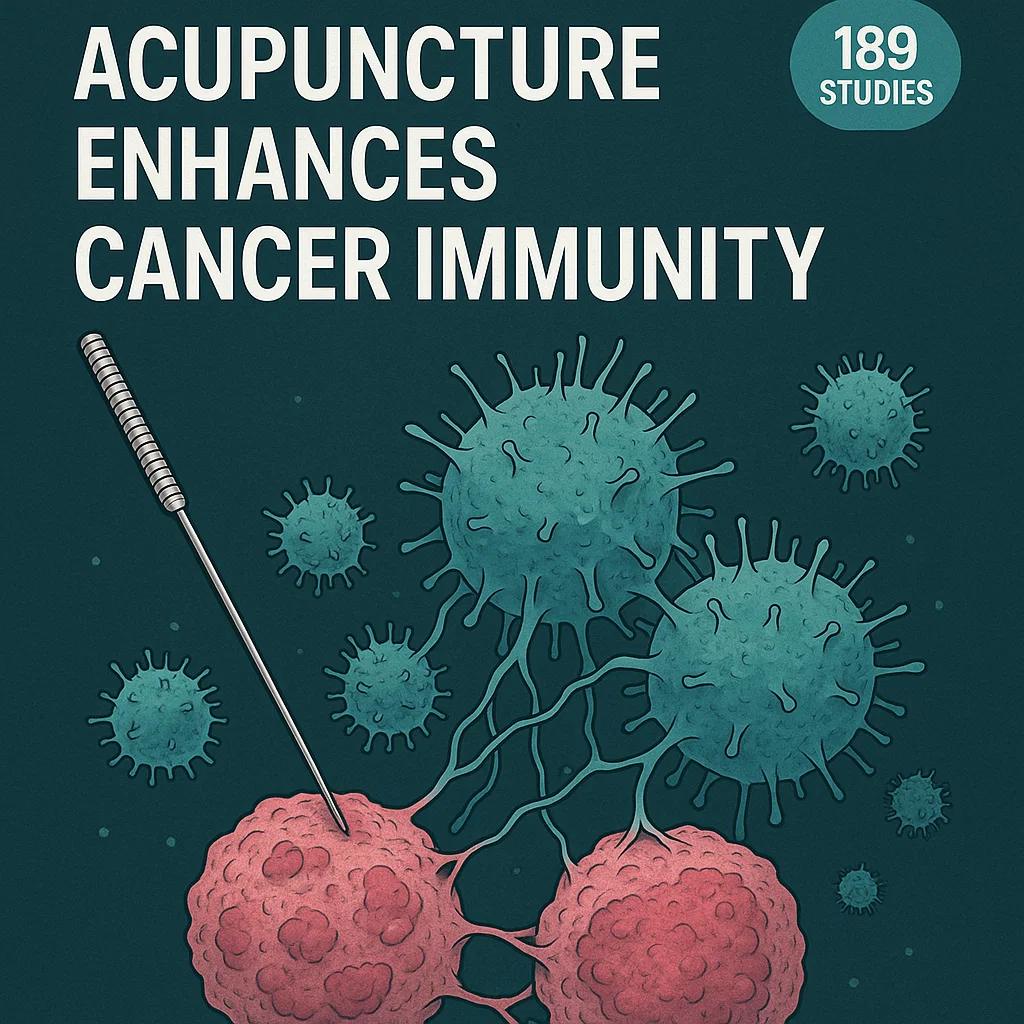Trauma Training Tip
by Alaine D. Duncan
With permission from Integrativehealingworks.net
Traditionally, we have thought about three neurological platforms that we, and all mammals, use to navigate danger and life threats – Fight, Flight, and Freeze. However, there is a fourth platform that I am noticing more and more and has come to feel so very important to explore.
Called variously the feign, fawn, “tend and befriend,” or appeasement strategy, it is defined as a purposeful action taken in order to escape danger and defuse threat. It is particularly useful when a perpetrator has more physical or social power than we do. It is an adaptive skill that may include negotiation, improvisation, “faking it” or “sucking up” – and it can save our life. Think hostage situation, sexual trafficking, or a socially marginalized person negotiating for air in a system dominated by patriarchy, white supremacy, or hetero-normative norms.
Like the other “F” management strategies (Fight, Flight, or Freeze), Fawn or Feign supports survival in a stressful situation, and it can save our life. However, it turns into its opposite when it becomes habituated. We lose our own sense of empowerment, autonomy, and self-actualization. If people-pleasing, bargaining, deferring, or “befriending” behaviors are repeated and repeated, they become our “go-to” style of relating and we lose ourselves. We may come to value others over ourselves, have exaggerated fears of abandonment or an exaggerated sense of responsibility for others. Recognizing this pattern in ourselves is critical for transforming or eliminating the shame that “Feign/Fawn” survivors may experience – blaming themselves for not fighting or fleeing an abusive situation.
This Feign or Fawn behavior may look genuinely relational – it may appear on the surface in terms of neurophysiology, as a Ventral Vagal dominated state. In Chinese medicine terms, it may appear as a voice of the Fire Element. However, if we look more closely, we will see what the Chinese called “excess” joy, and out-of-balance Fire. Underneath the “excess joy” will be high sympathetic arousal; a lot of mobilization energy that’s being suppressed – and an out-of-balance Wood Element.
We are in the transition time between Wood and Fire; Spring and Summer. This is a great time for people who have become habituated to this pattern to work with transforming it. Finding our interoceptive awareness of our true longings and the impulses underneath that awareness is the foundation.
Depending on the person, acupuncture in the Wood or Fire side of the creation cycle will be very supportive.
Alaine Duncan Program is Available
This program explores acupuncture and Chinese medicine as the perfect modality for treating survivors of traumatic stress. Vibrational illness meets vibrational medicine! Recent advancements in understanding the neurobiology of traumatic stress over the past two decades have significantly transformed mental health treatment for trauma spectrum disorders. Integrating these modern scientific insights into our acupuncture practice can greatly benefit our patients by informing our needling techniques, clinical interactions, and symptom interpretation.






